
Once, these palaces stood at the center of power, alive with voices and crowned presence. Over time, they slipped quietly out of view. No battle signaled their end. No structure remained to anchor their memory. What survives now are scattered mentions, while their foundations rest beneath layers of earth and the weight of forgetting. Keep reading; these lost worlds are waiting to be remembered.
Palatium Magnum, Hungary
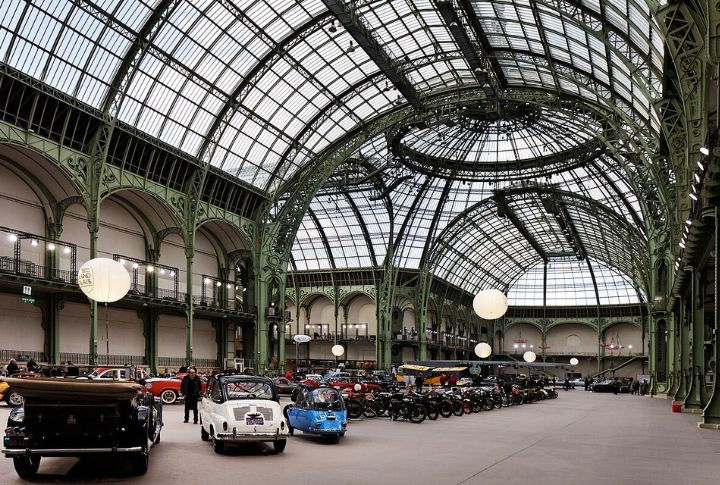
Buda held a grand showpiece that dazzled in its day. Hungarian kings hosted lavish dinners, probably with more goblets than guests. Then came Ottoman invasions and Habsburg overhauls. The palace was stormed, rebuilt, and eventually lost. Misplacing something that monumental sounds impossible, but Hungary somehow pulled it off.
Royal Palace Of Woodstock, England
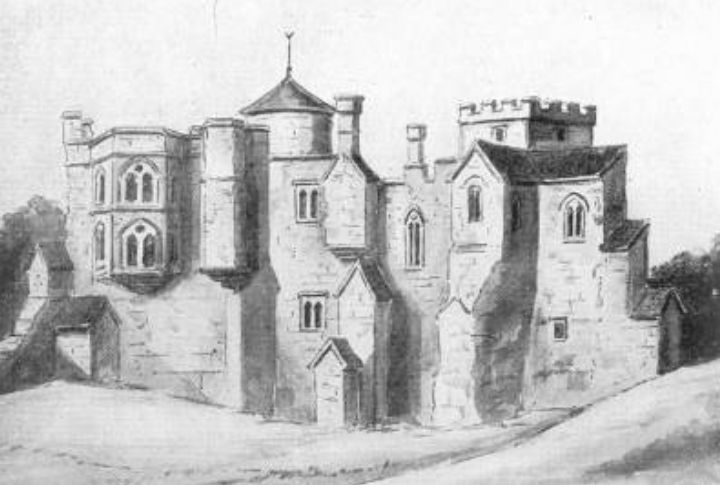
Built in the 12th century under King Henry I, the palace included timber halls and private royal chambers. Though destroyed during Civil War sieges by the 1600s, no visible ruins survive. Archaeological evidence reveals a sizable and well-planned complex still buried beneath the ground.
Palace Of The Dukes Of Burgundy In Rouvres, France
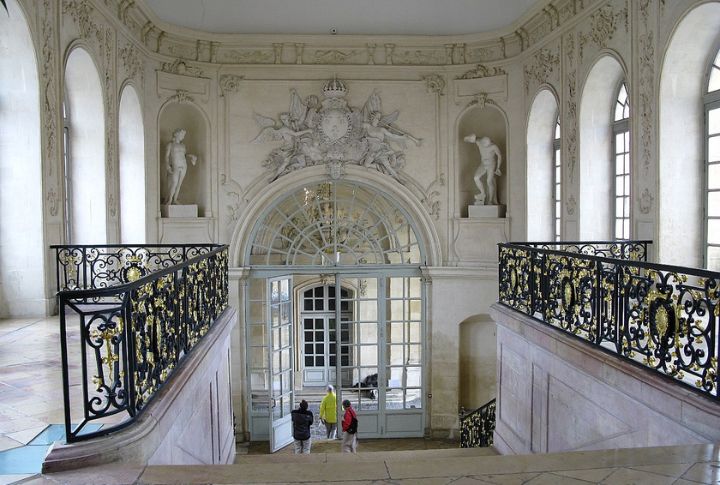
What happens when a palace throws a feast and history forgets to show up? This one burned in 1453—just before it could become Europe’s next power hub. Built for Philip the Bold, its grandeur vanished in a single blaze. Today? Just grain fields and stories locals barely believe.
Nasrid Summer Palaces, Spain
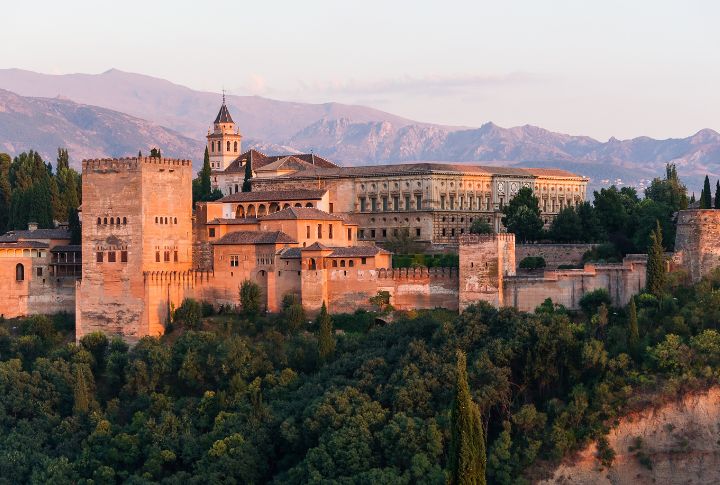
Hidden in the hills around Granada, these Nasrid palaces formerly rivaled the Alhambra in beauty and design. Leaders of the Emirate used them as peaceful getaways away from court. With time, Christian takeover and new construction erased them. Remnants lie scattered among olive groves, gradually absorbed by expanding neighborhoods.
Royal Palace Of Dunfermline, Scotland

The royal palace at Dunfermline served as home to Scottish kings and queens. Margaret of Scotland lived there centuries before English forces burned it down in the 1300s. What’s left sits quietly behind the abbey—just a few weathered stones and a name history hasn’t fully let go.
Royal Palace Of Winchester, England

This place used to hold the weight of English power, but its glory didn’t last forever. Kings debated policy here, and royal edicts took shape. Then came a fire, followed by the neglect of the palace. If buildings held grudges, this one would be seething.
Eltham Palace, England
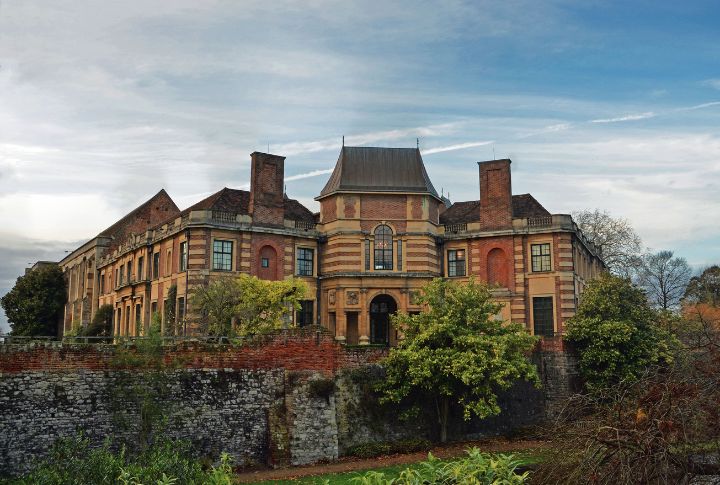
Walk into a modern mansion, and you might never guess that a medieval king once dined beneath your feet. Eltham Palace started as a royal retreat in the 14th century. Wars, weather, and shifting eras erased its medieval heart. Today’s version? Tudor and Art Deco, masking centuries under polished upgrades.
Royal Palace Of Lincoln, England

Royal processions had passed through Lincoln’s palace in the past. It played a key role during civil unrest and political change. Over time, disuse replaced importance. No disaster marked its fall. The ground took the rest. Its absence raises a quiet question—how does a seat of power simply disappear?
Royal Palace Of Clarendon, England
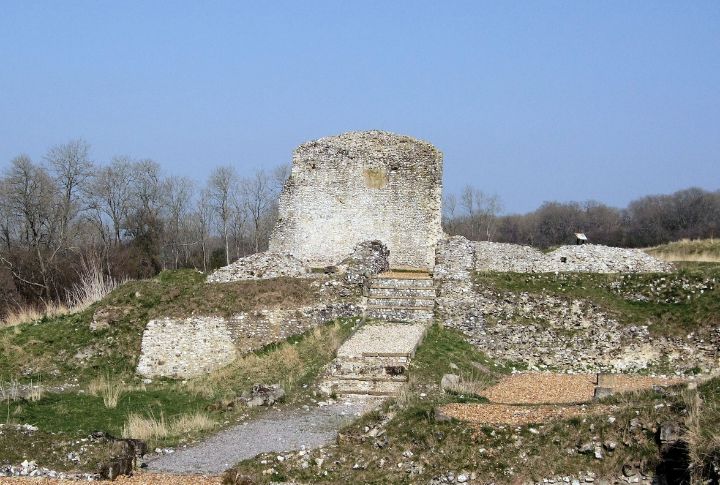
Clarendon stood at the heart of medieval governance when Henry II issued reforms within its halls. The surrounding grounds were used for hunting and ceremony. As influence moved elsewhere, the site declined. Its buildings collapsed, the woods returned, and archaeologists now trace its outline through scattered remains.
Almohad Palace Of Marrakesh, Morocco
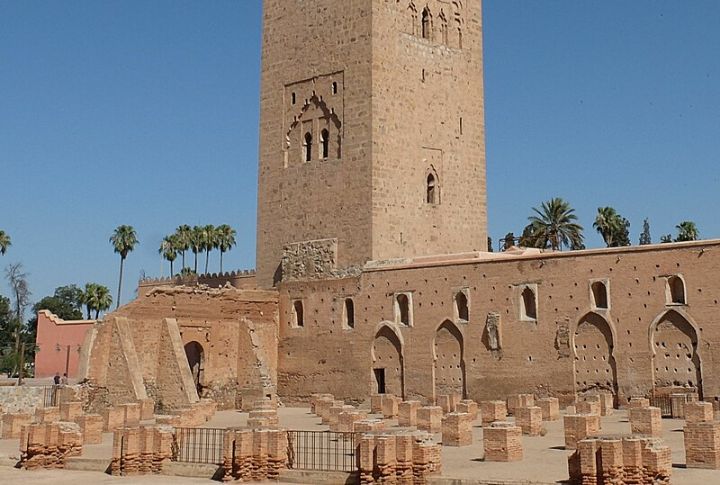
You walk through Marrakesh and feel something amiss. In the 12th century, the Almohad dynasty ruled from a palace that shaped the city’s core. The structure was removed and replaced by streets and buildings. No plaque marks the site. Fragmented records are all that point to its scale and influence.

